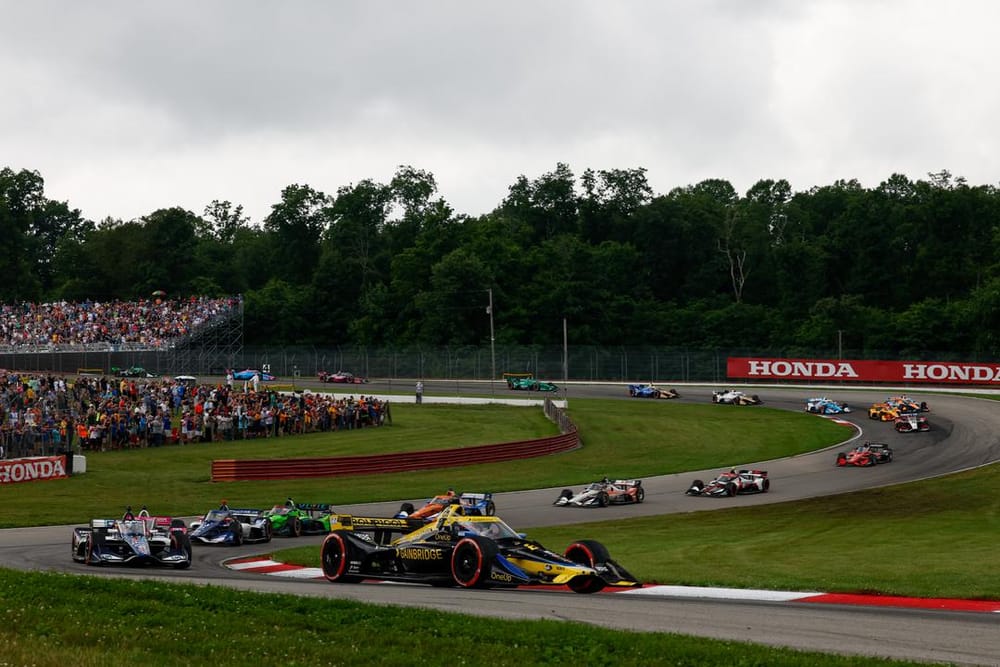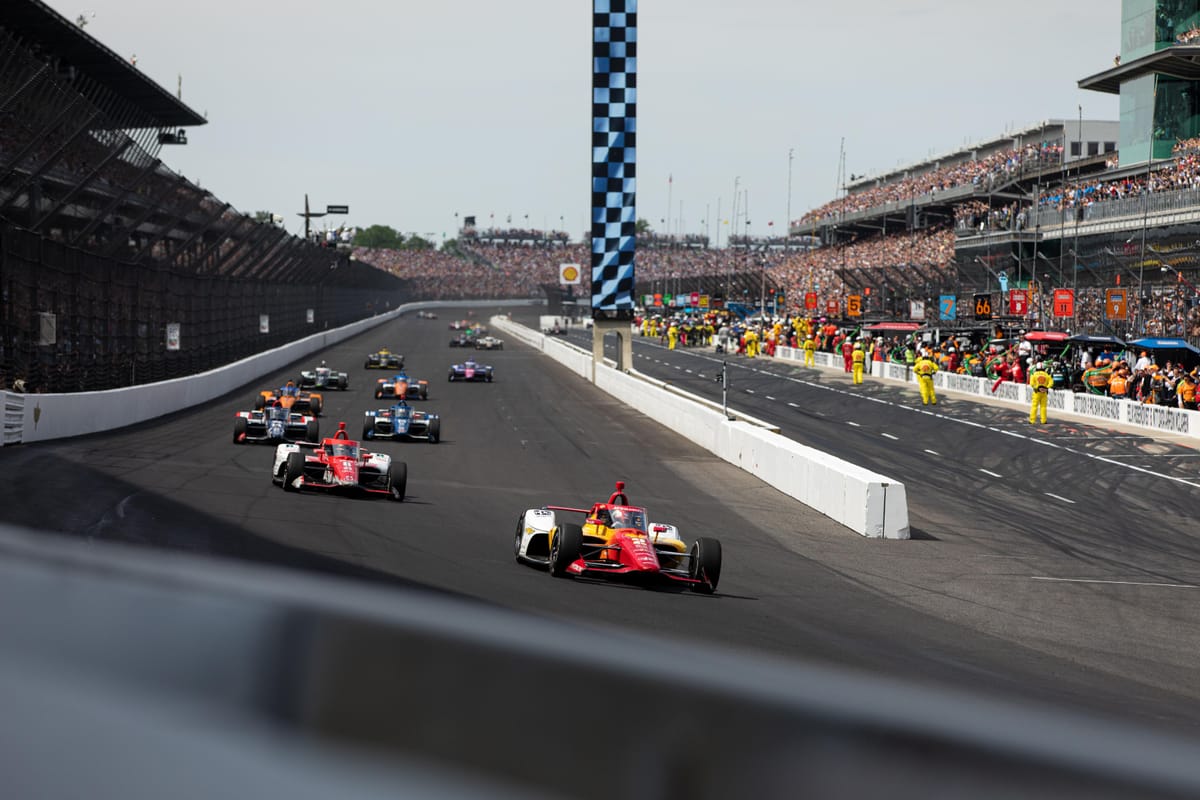IndyCar has made good on its December 2023 promise of the delayed hybrid system being introduced mid-way through the 2024 season, and has unveiled a host of details like how its regeneration will work in the process for the system debuting at Mid-Ohio in July.
IndyCar’s hybrid introduction has faced a number of delays. Initially, it delayed a new engine for 2021 to add the hybrid for the following year and then the COVID pandemic pushed that back to 2023.
Then it elected not to introduce a new engine - a 2.4-litre model - and transfer the building and development of the hybrid to the series’ pair of manufacturers, Chevrolet and Honda.
However, in December it announced another delay but committed to its introduction an unspecified time after the Indianapolis 500 in May.
On Tuesday - the first day of Indy 500 practice running, although it was rained off for most of the day - the series unveiled some new key details relating to the hybrid, including it being introduced at the Mid-Ohio race on July 7-5.
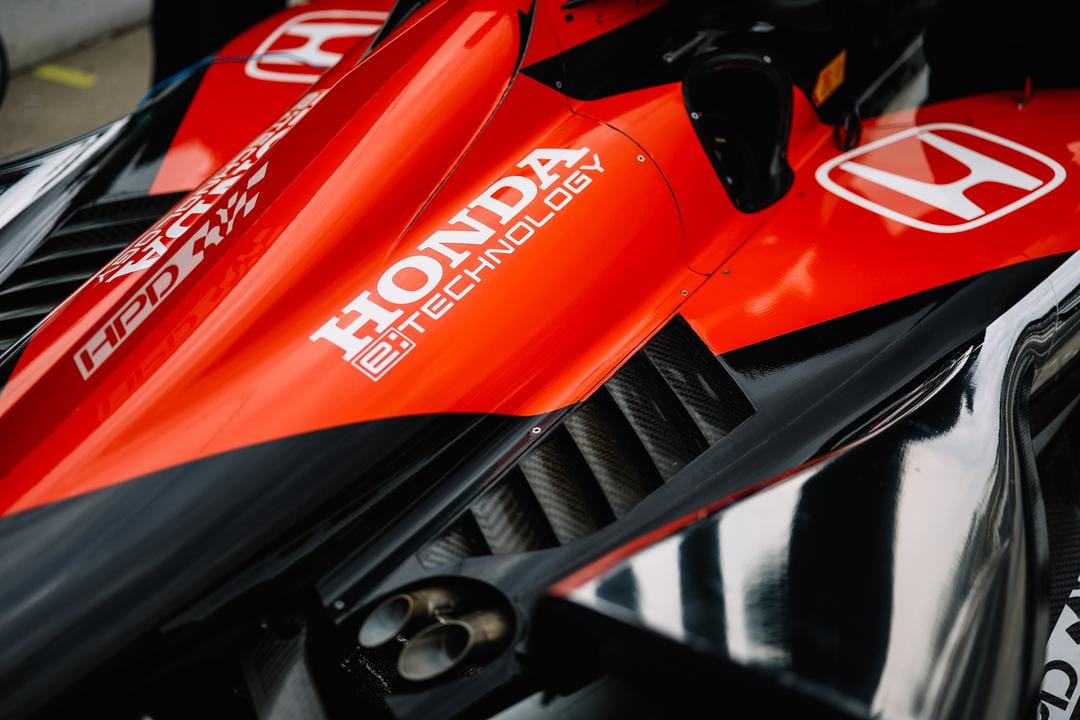
“The strength of this uncharted partnership between Chevrolet and Honda has pushed this innovative project to the grid in 2024,” said Jay Frye, IndyCar president.
“The IndyCar-specific hybrid power unit will bring a new and exciting element to the NTT IndyCar Series with additional energy and overtake options. We cannot wait to see the start of this new era at Mid-Ohio.”
How does IndyCar’s hybrid system work?
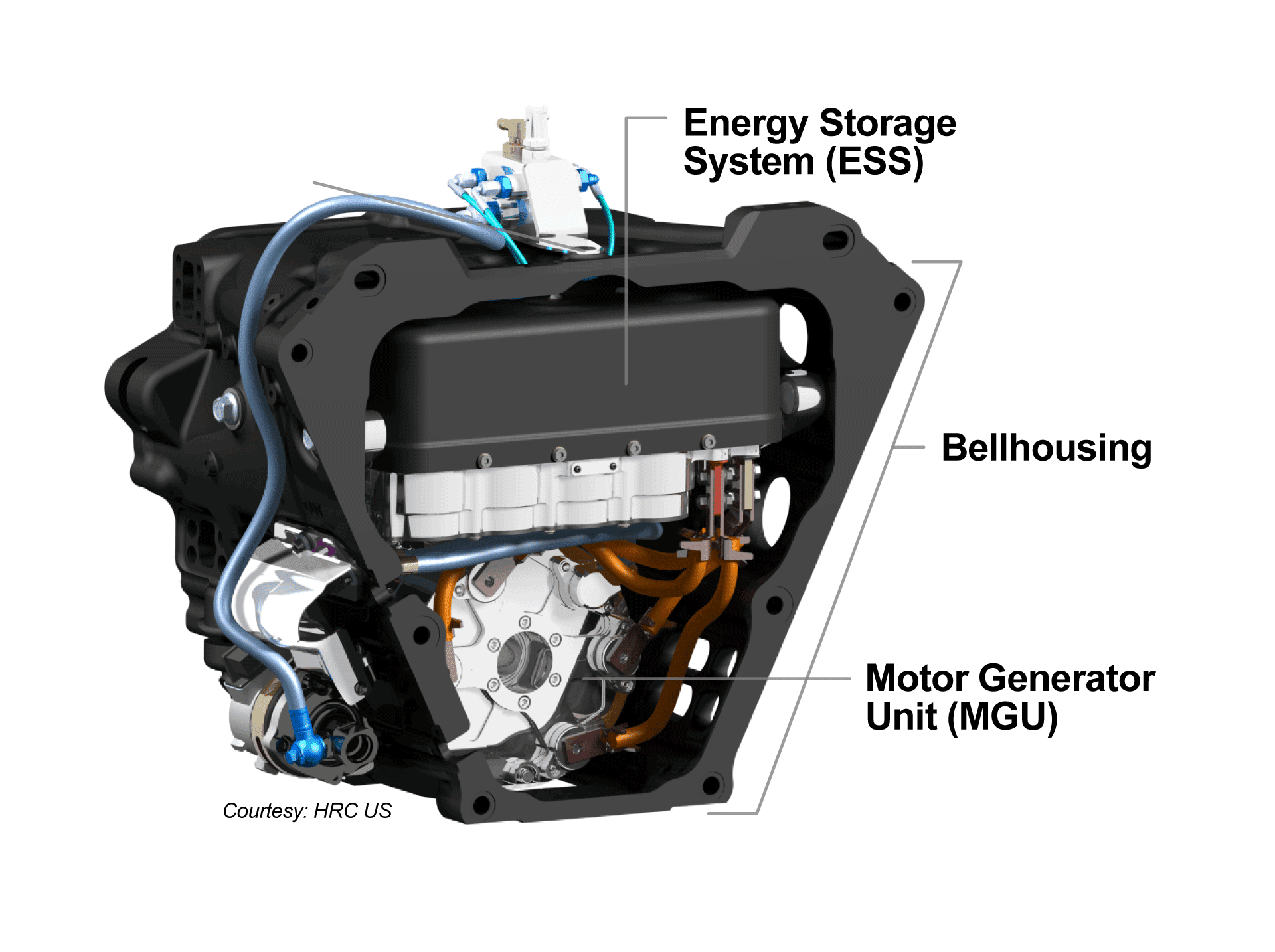
IndyCar’s hybrid is a different set-up to other major racing series, which mainly use batteries to store the energy generated by braking and engine braking, which can then be redeployed by the driver or car, which is often referred to as regen.
IndyCar will have regen, but how it stores the energy is different.
Rather than having big heavy batteries, it has a ultracapacitor, which doesn’t hold as much energy as a battery, but is really good at giving really powerful, short, sharp bursts of energy. Perfect for a power boost in racing.
IndyCar has already introduced a host of new lightweight parts for this season to accommodate the added weight and to package the hybrid in a new bellhousing effectively.
Inside that bellhousing - between the engine and gearbox - there is a low-voltage motor generator unit and the energy storage system, made up of 20 ultracapacitors.
During regen the MGU builds the power, and the ESS stores it.
How will regen work?
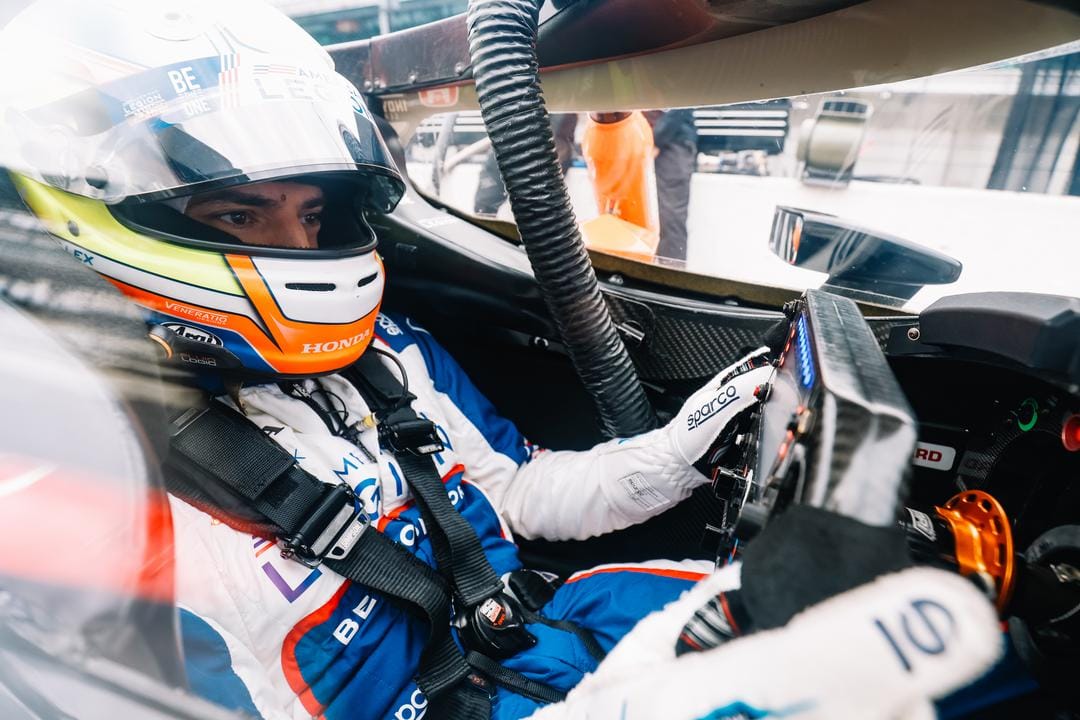
The car will be able to regen automatically via braking, or the driver will be able to pull a paddle to manually activate regen, but this will slow the car, so it will have to be used tactically.
In terms of deployment of the saved hybrid energy, this will be fully controlled by the driver. So whereas in Formula 1, the car decides when to implement the hybrid energy, in IndyCar the driver will fully control it via a paddle.
The cars will still have a push to pass boost system like they do now, and that will be separate to the deployment of the hybrid energy. It will remain limited to a number of seconds per race, currently 150/200 depending on the track.
Is it a good idea to start mid-season?
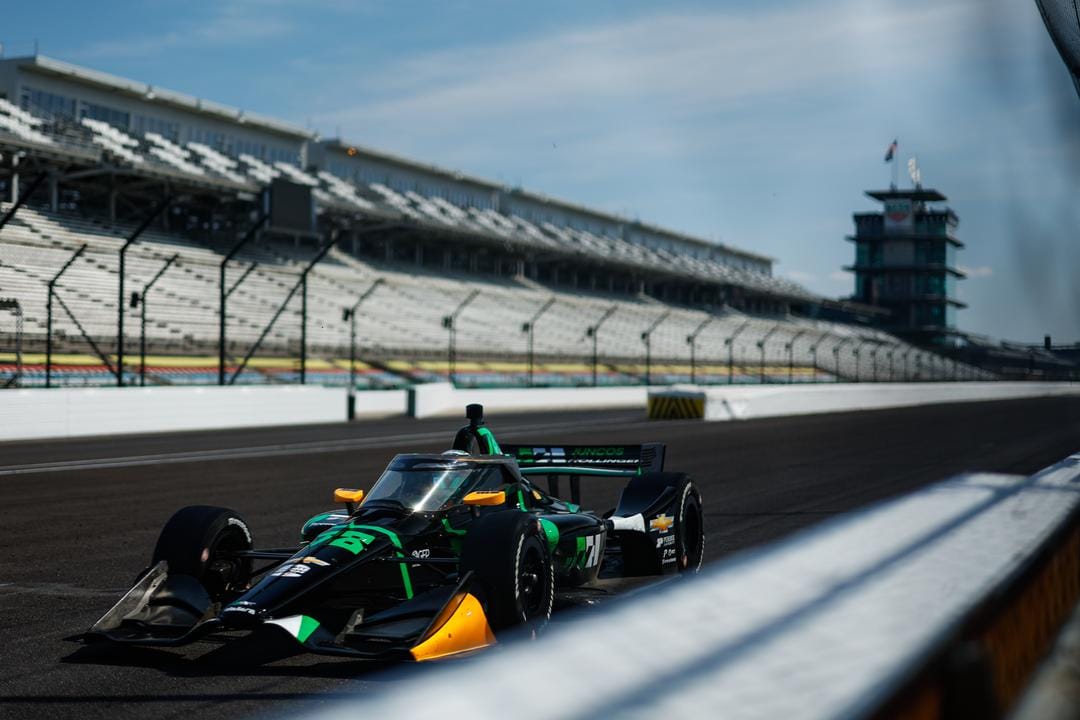
Inevitably, introducing a new engine formula mid-season is going to cause struggles.
Especially in the middle of a tough situation with parts. Generally, teams have reported various parts being low in stock or taking a while to arrive, anything from chassis to sidepods and everything in between.
Add the hybrid system to that - and there was a concern last year about supplying enough spares to the field, bringing about the hybrid delay - and it paints a worrying picture.
Ultimately the championship will be decided in the second half of the season and if reliability issues from new parts costs someone in the title fight, that will be an awful look.
However, IndyCar and the manufacturers are telling everybody this is when it will be introduced, and neither of the three parties will want a situation where anything bad happens when it's their reputations on the line.
Surely, they would not do this if they were not ready for all that is to come as a collective.
A massive boost for fans watching races
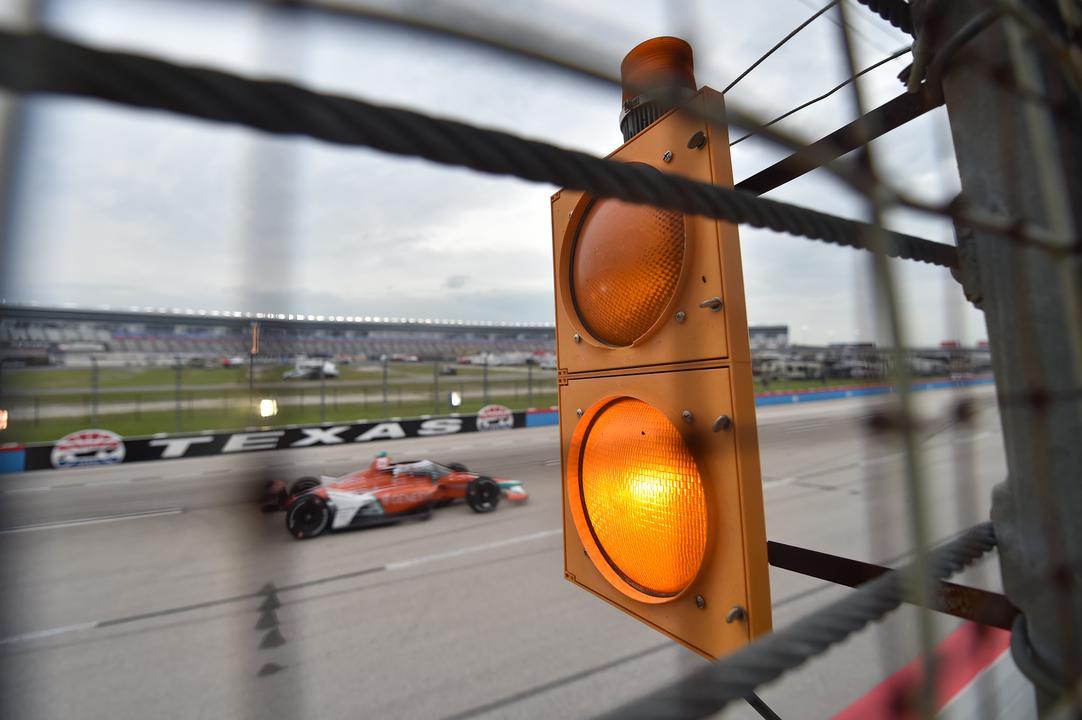
One massive thing the hybrid will do for IndyCar is cut unneccessary cautions where a yellow flag is deployed when a car has stalled on track.
With the current car a manual starter rod needs to be inserted into the rear end to restart, but now the hybrid motor will act as a restart mechanism.
This will also help in congested qualifying sessions when drivers' qualifying laps have been ruined in the past because of red flags for stalled cars that have spun. The current IndyCar is quite tricky to keep running after a spin, there’s a knack to keeping it going, so this will alleviate pressure.
Fewer drivers having qualifying ruined and fewer race-halting cautions in races thanks to this device. Bravo.
Has testing parity been achieved?
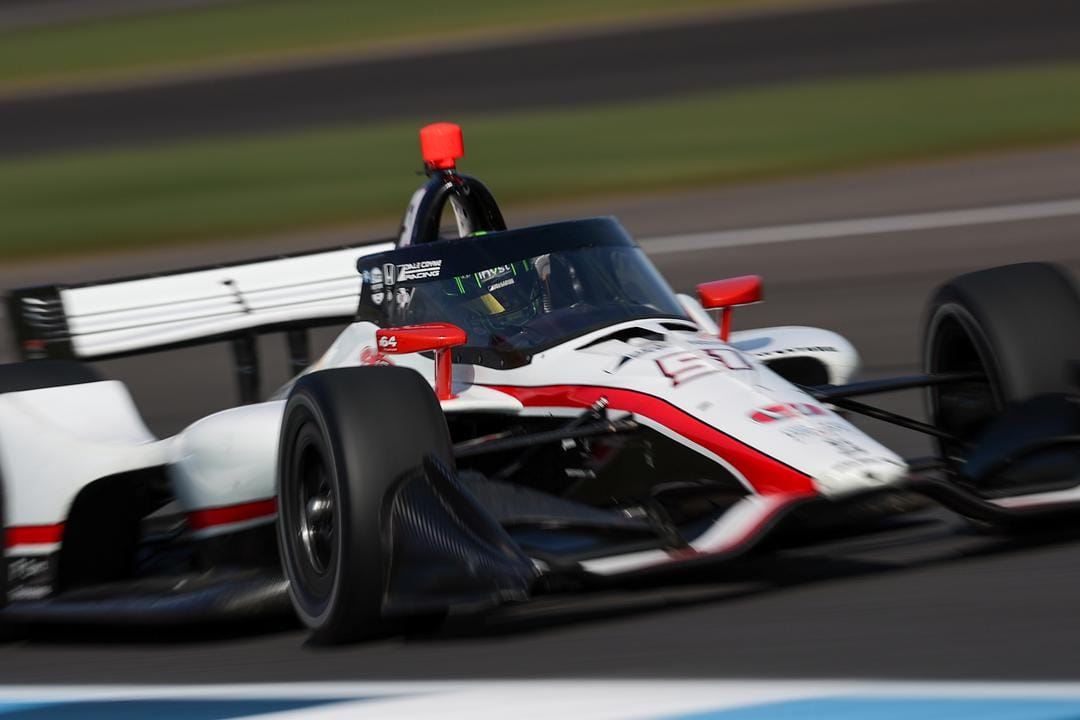
The short answer is no, the hybrid won’t be introduced with all the teams having done the same amount of testing, but there will be a full-field open test at Milwaukee on Tuesday, June 11.
That will give all the teams the chance to run the finalised specification the month before its debut.
The hybrid has been running since August 2023 and inevitably, Team Penske and Chip Ganassi Racing did the lion's share of testing - which has been a contentious topic for the smaller teams which haven’t had the same amount of track time.
In IndyCar’s defence, those two teams have the most resources and ability to conduct hefty experimental testing mid-season because they have enough chassis and personnel to make it work, something the smaller teams would struggle with.
The Milwaukee test seems like the best opportunity of a compromise during a very busy season where there simply isn’t time to do a lot of testing now.
What have the engine manufacturers said?
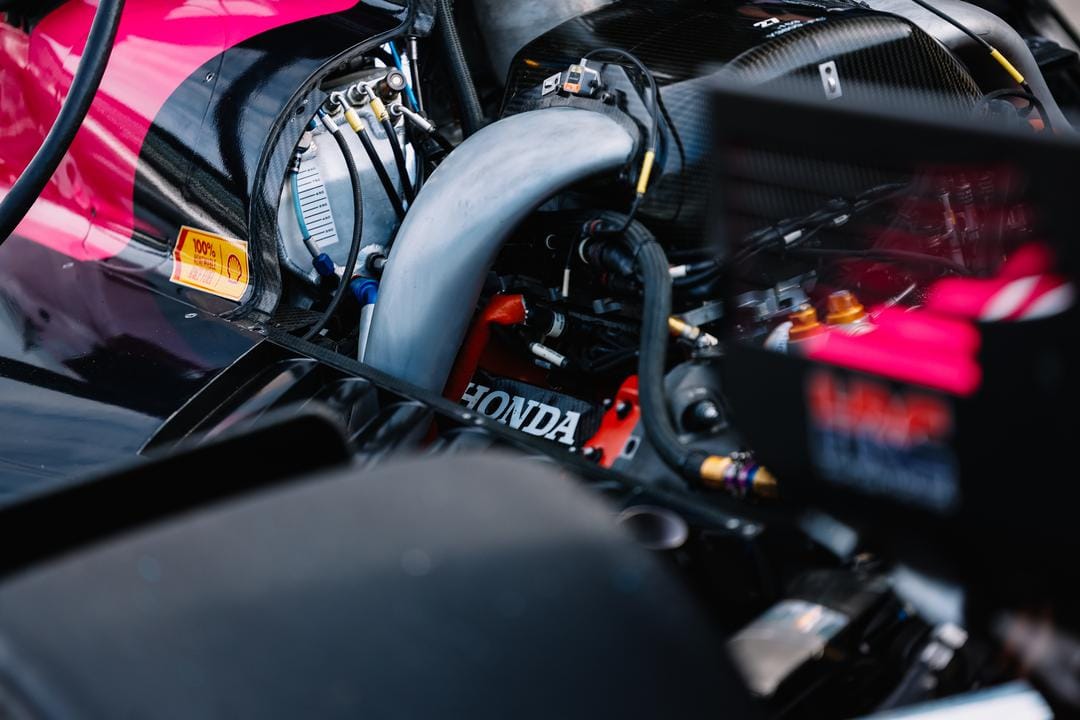
“More than a quarter of Honda’s total sales in 2023 – nearly 300,000 vehicles – were Honda CR-V and Accord hybrids,” said Honda Racing Corporation president (and ex-Ferrari F1 engine chief) David Salters.
It’s a good quote ramming home why this mid-season introduction is so important for Honda and IndyCar.
Salters added: “Introducing electrification to IndyCar at Mid Ohio further aligns our racing efforts with Honda’s passenger car production as we operate multiple manufacturing and R&D facilities in central Ohio, employing more than 13,000 associates there.”
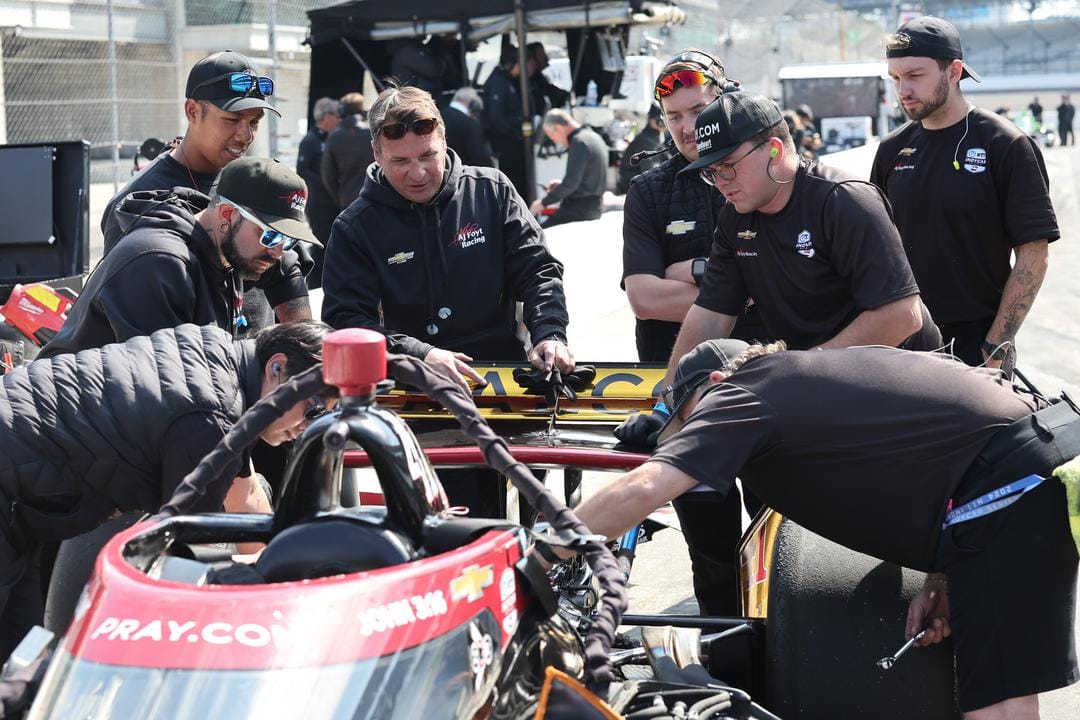
General Motors executive director, motorsports competition Eric Warren took the chance to praise the testing process.
“We support IndyCar’s decisions throughout this process to study testing data carefully and make sure that when the hybrid technology is integrated, the operation and performance are exactly what is expected,” he said.
“This approach has given IndyCar and the engine manufacturers the opportunity to ensure the high level of competition continues uninterrupted.”

